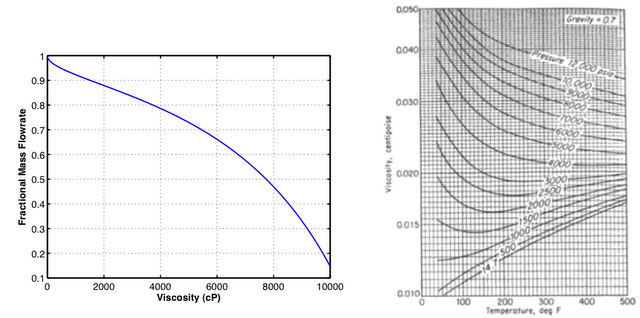Q. How was the $20 billion number for the compensation package established?
A. Negotiation with the government.
Nervousness with the cap of liability of $75 million based on oil and gas law of 1995. BP has assured that all the claims would be met from the beginning.
Fines from the federal and state governments are not included in the $20 billion compensation package.
Q. Are partners involved in the $20 billion package?
A. Expected to take care of their appropriate share.
Q. What are the assets for the compensation package:
$10 billion in cash paid over three years.
$10 billion in non-core assets that are not strategic to the longer term success of BP. Upstream.
Q. How was it productive based on the aggressive stance of the US government?
A. Had a constructive conversation with the feds and the administration.
Spent: $1.75 Billion
Split in Engineering and Cleanup





